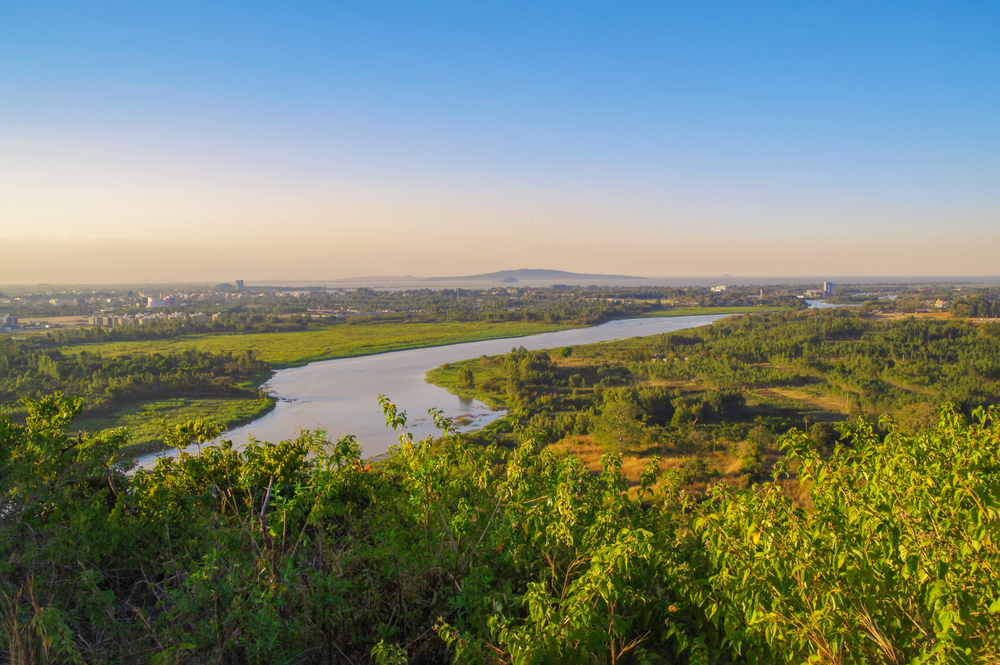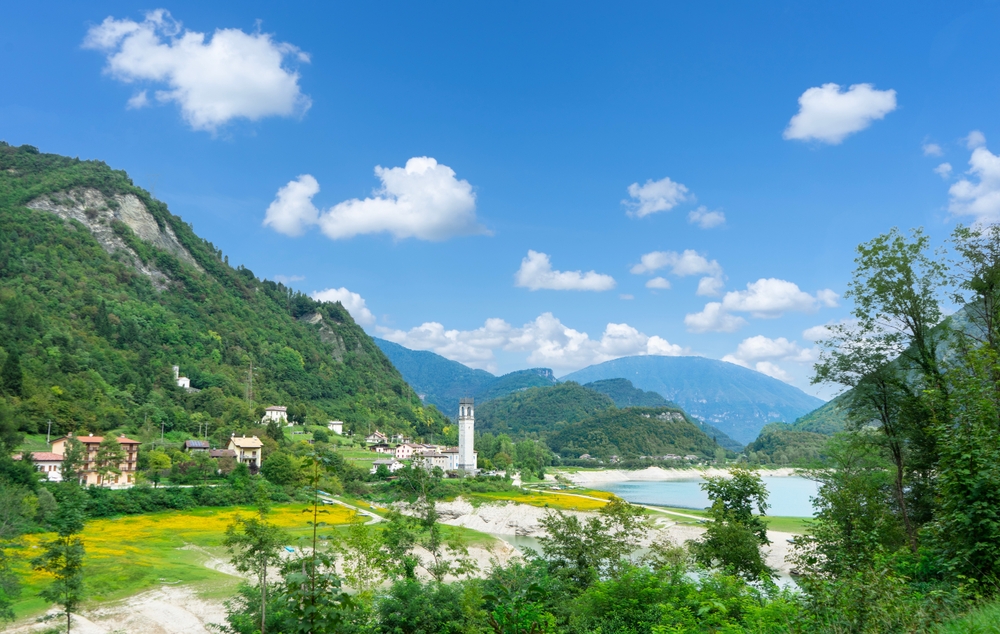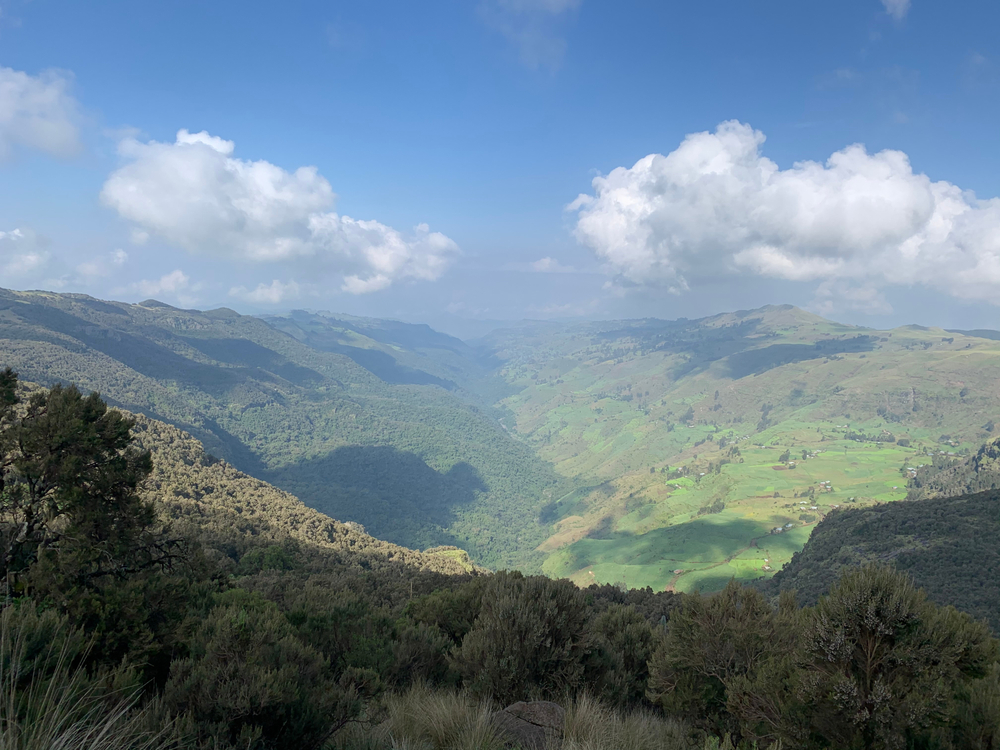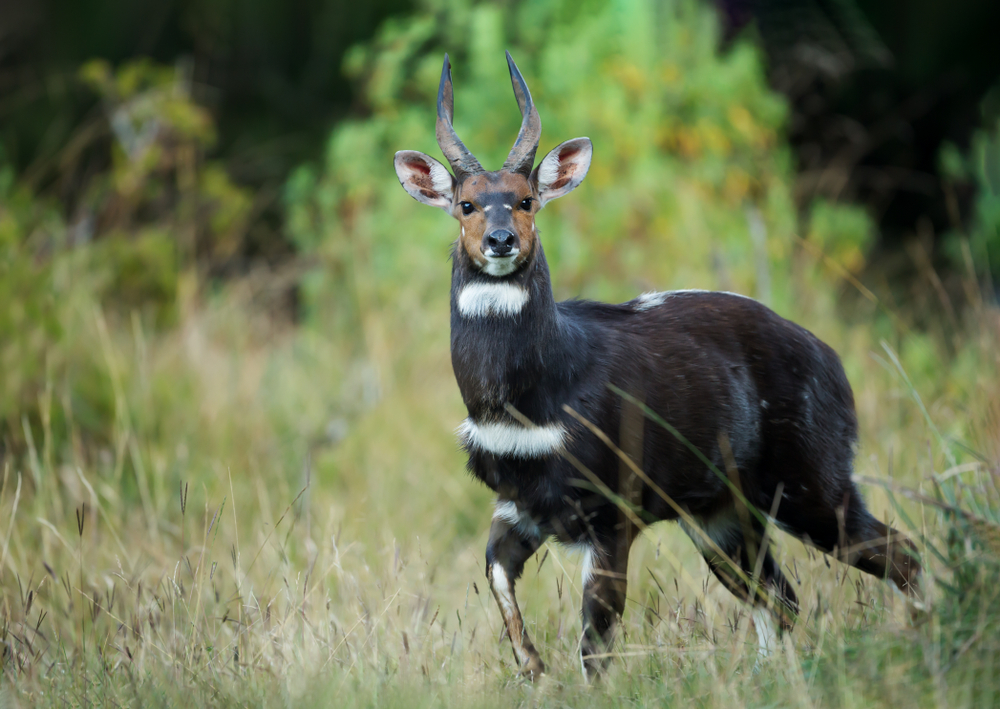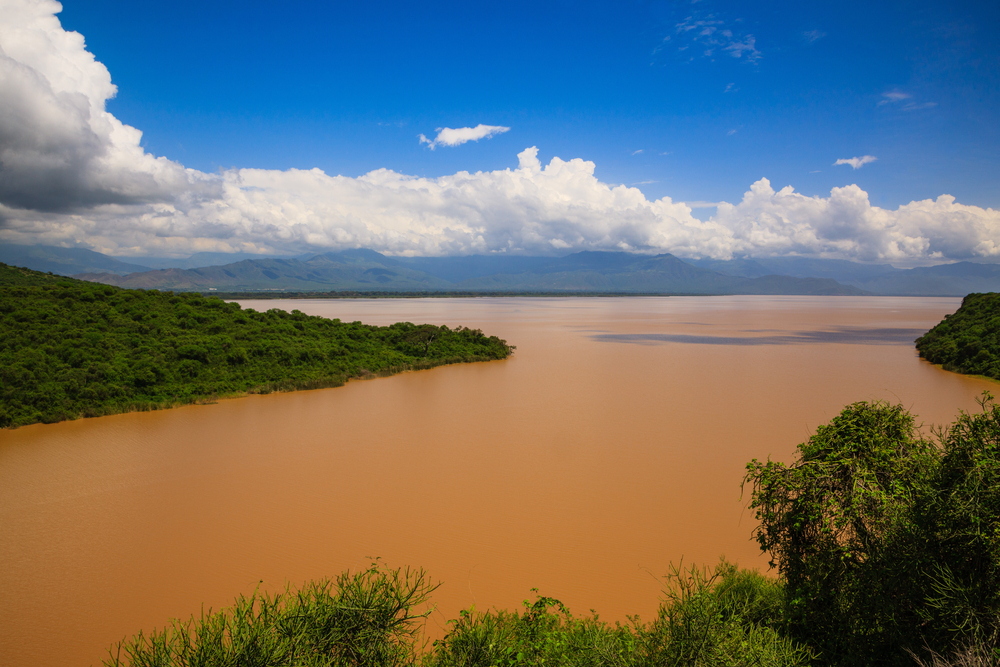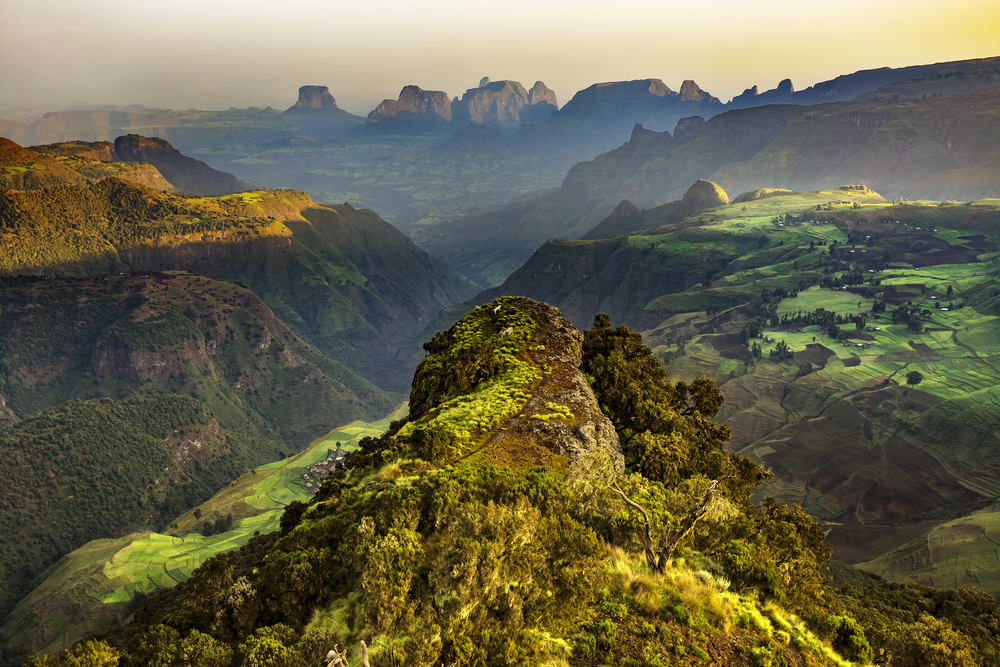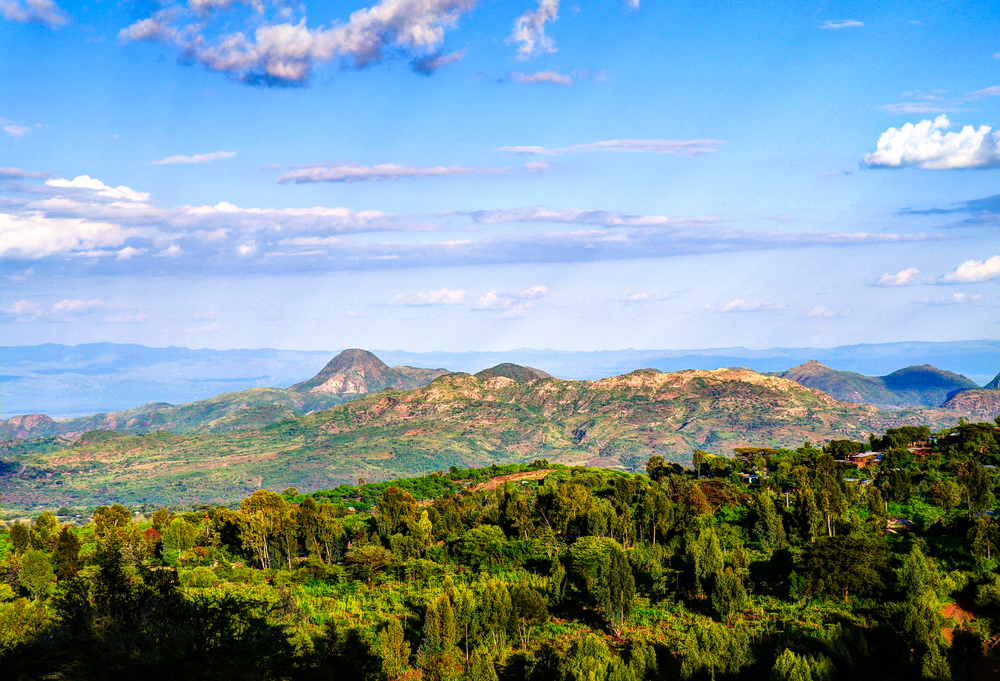Didessa Overview
Didessa National Park, located in western Ethiopia’s Oromia Region, is a remarkable protected area named after the Didessa River, which runs through its heart. Locally known as “Didessa Natonal Park”, it spans an area of approximately 1,330 square kilometers (513 square miles). The park was established to preserve the region’s unique biodiversity, protect its ecosystems, and provide sustainable eco-tourism opportunities. As one of Ethiopia’s lesser-known national parks, Didessa offers a tranquil escape into nature and an opportunity to witness the country’s natural heritage.
The terrain of Didessa National Park is characterized by undulating hills, river valleys, and flat plains. The Didessa River, a major tributary of the Blue Nile, meanders through the park, creating a network of wetlands and riparian habitats. The diverse landscape supports a range of vegetation, including dense woodlands, savannas, and riverine forests. The park’s higher elevations are dotted with acacia trees and various shrubs, while its wetlands are rich in reeds and grasses, providing vital habitats for aquatic and terrestrial species.
Didessa National Park is home to a variety of wildlife, making it an important area for conservation. Large mammals such as elephants, buffaloes, and warthogs can be spotted in the park, alongside predators like lions, leopards, and hyenas. The Didessa River and its wetlands attract aquatic species such as Nile crocodiles and hippos. Birdlife is abundant, with species such as African fish eagles, black-headed weavers, and pied kingfishers frequently observed. The park’s ecosystems also support reptiles, amphibians, and numerous insect species, contributing to its overall biodiversity.
Visitors to Didessa National Park can explore its natural beauty through guided safaris, hiking trails, and birdwatching tours. The river provides opportunities for canoeing and boat trips, allowing visitors to experience the park’s aquatic habitats and spot wildlife along the banks. Cultural experiences with local Oromo communities enhance the visit, offering insights into traditional practices and their connection to the park’s ecosystems. The park’s peaceful atmosphere and picturesque landscapes make it a perfect destination for eco-tourism and photography.
Despite its ecological importance, Didessa National Park faces significant challenges. Habitat degradation due to agricultural expansion, deforestation, and overgrazing threatens its biodiversity. Poaching and human-wildlife conflict further exacerbate these issues, while limited infrastructure and resources for park management hinder effective conservation efforts. However, initiatives led by Ethiopia’s government, in collaboration with international organizations, aim to address these challenges. Conservation programs focus on habitat restoration, anti-poaching measures, and community engagement to ensure the park’s long-term sustainability.
Didessa National Park is a vital part of Ethiopia’s natural heritage. Its diverse landscapes, rich wildlife, and cultural connections make it an essential area for conservation and an emerging destination for eco-tourism. Protecting this park ensures the preservation of its ecosystems and supports sustainable development for surrounding communities.








































































